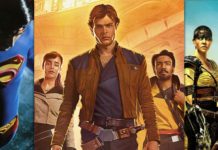Gary Douglas Kurtz
Born July 27th, 1940
Force Ghosted September 23, 2018
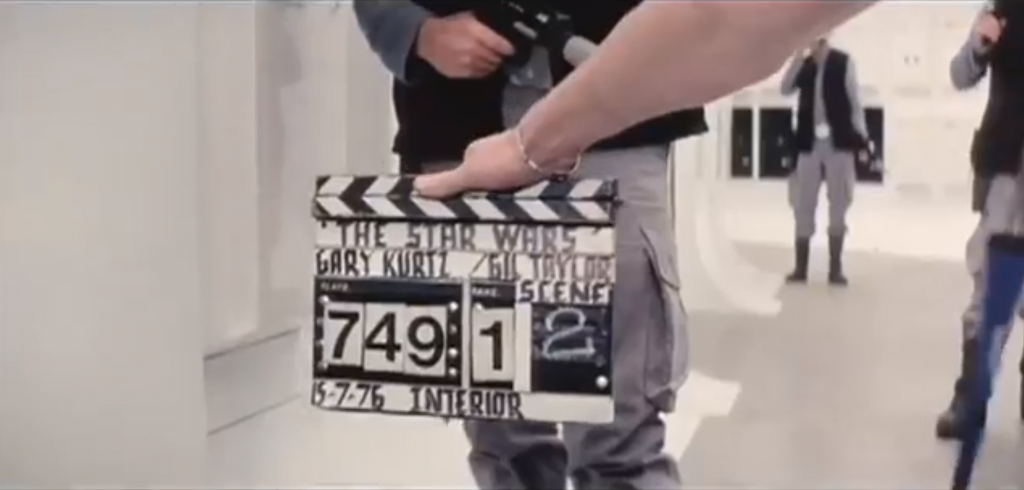
“I spent three years in the Marines as a cameraman, a director of documentaries”
“I was actually a conscientious objector and I never carried a weapon. I carried an empty pistol holster. I was just very lucky, actually, to come through unscathed. I had four or five close friends who were also cameramen who were killed.”

Here’s The Rundown:
- Filmmaking carrier put on hold as he was drafted and served in the U.S. Marine Corps between 1966 to 1969
- Attended film school at USC in Los Angeles in 1959 on a music scholarship
- Gary Produced 17 films/TV shows
- Was the Second Unit or Assistant Director on 5 films including Star Wars and The Empire Strikes Back
- Was introduced to George Lucas via a mutual friend, Francis Ford Coppola, he took Gary to meet George while he was editing THX-1138
- Since Gary had in-country experience, Coppola had him scout locations for Apocalypse Now as they could not film in Vietnam as planned
- Gary and George’s idea was to create a production office that was to be full of artistic people, free to create with minimal studio interference
- Their First collaboration was American Graffiti
- American Graffiti held the record of the lowest cost to highest profit ratio until The Blair Witch Project in 1999 ($777K to $140 million)
- Gary’s extensive studies of religion were the impetus behind the creation of ‘The Force’, a ‘universal religion’ that would give Star Wars ‘more depth’
- Came up with the title The Empire Strikes Back
- Chose Norway to film the Hoth scenes as he had trained there as a US Marine
- Gary directed the scene in Empire with Luke and the Wampa due to the sudden death of second unit director John Barry
- Gary’s wife Meredith organized a picnic on the Dagobah set for the wrap party on August 31, 1979
- Using his own money as Executive Producer on Return To Oz, he was forced to declare bankruptcy due to it being a box office failure
- Auctioned Luke Skywalker’s lightsaber, X-Wing flight suit, Vader’s lightsaber, a Stormtrooper blaster and many other Star Wars related items in 2005 from his own personal collection to offset that bankruptcy
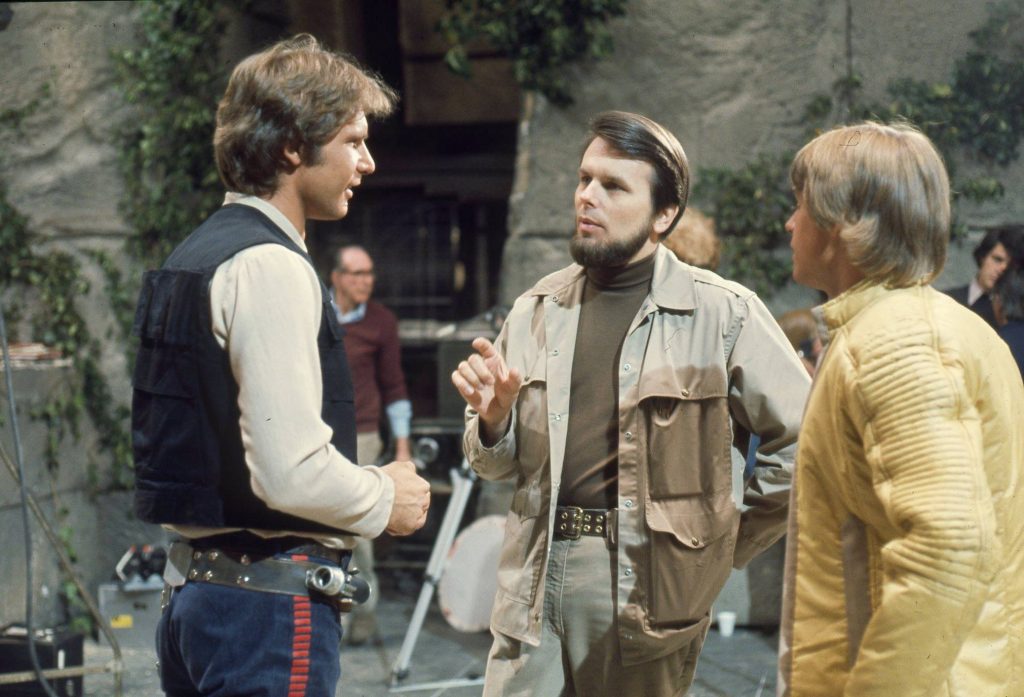
Hardstyle Beginnings
While in film school, Gary was a jack-of-all-trades: grip, electrician, sound boom operator, director of photography, film editor or production supervisor. Over a three or four year period, he worked on 40 or 50 Roger Corman kind of “low-budget exploitation films”.
Gary was an assistant director on the western Ride In The Whirlwind starring Jack Nicholson. He then went on to work on Voyage To The Prehistoric Planet with Basil Rathbone, then Queen Of Blood with Basil, Josh Saxon and Dennis Hopper.
After leaving the military service he became an Associate Producer with Universal Pictures in 1971; credited on Chandler and Two-Lane Blacktop, a film about drag racers starring James Taylor and Warren Oates. At the time Universal had a program allowing young filmmakers to make low budget films ($1 million or less) with minimal studio input and to give the director the final cut. Easy Rider was the model they were using and had produced films like Minnie And Moskowitz, Silent Running, and The Last Movie, (which ironically would be the last film made under the program) with this concept.
On The State Of The Filmmaking Process Today:
“Since I’ve focused mostly on my career on producing and working with a lot of first time directors, I’ve felt that what’s happened is that the working producer’s job; basically, of being the director’s partner and being his mirror and sounding bound; has disappeared and the producer’s job has primarily turned to deal making. Most of the people whose names you see up on the screen don’t have anything to do with the making of the film, which is a shame, really, because it leaves the director kind of totally on his own; and it means also that there’s no one to say ‘Wait a minute, that’s terrible, don’t do that!’
There’re so few good movies made today, it’s difficult for me to believe that it’s all because the directors don’t have any vision in what they want to see. I think it’s primarily due to the fact that the studios are now all owned by big conglomerates who are interested in making money to the exclusion of everything else.”
From Apocalypse To American Graffiti
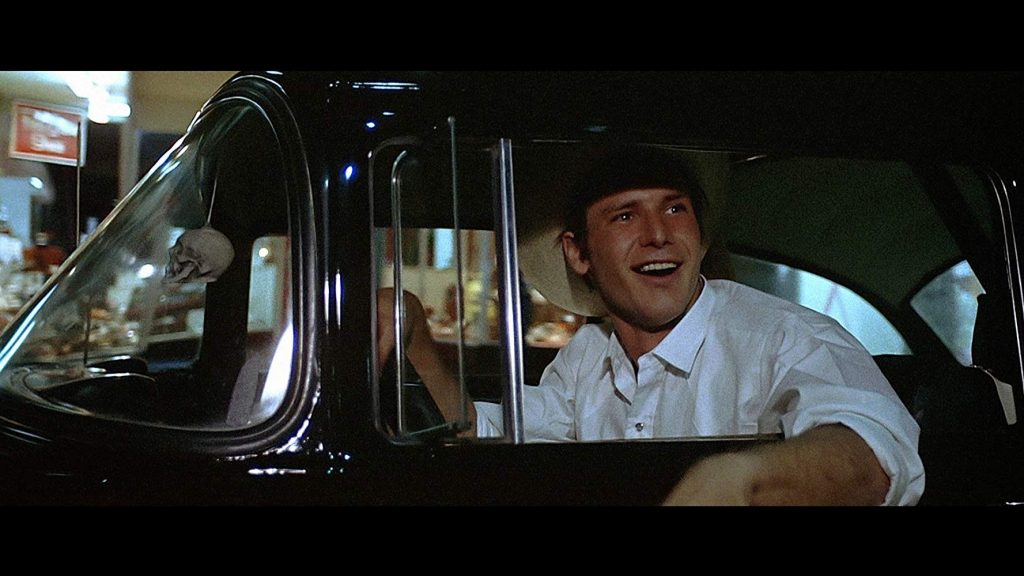
Gary, Francis Ford Coppola and George Lucas were all involved in Apocalypse Now at one point. It was to be a dark “quasi-documentary style” comedy, closer to M.A.S.H., than Heart of Darkness.
George was to direct the 16mm movie with some live action footage from the actual war. The plan was to have a Japanese crew go to Vietnam to shoot stock footage. Gary scouted the Philippines for filming, as the jungle and access to helicopters was the closest match they could get.
Eventually, Columbia Pictures got cold feet: “Well, the atmosphere is not conducive to a comedy about the Vietnam War.” Once they backed out of the picture, George told him that he had an idea about a “rock & roll movie” that he wanted to make, “about cruising”.
Due to Kurtz’s good relationship with Universal, he and George Lucas were able to score a two-picture deal, American Graffiti and an untitled science fiction film to be made later. Initially, Universal thought Graffiti was unmarketable due to the story and unknown actors. The studio signed on and increased the original $600K budget when Francis Ford Coppola agreed to be the producer for the film. Universal was able to market the film as “From the Man who Gave you The Godfather.”
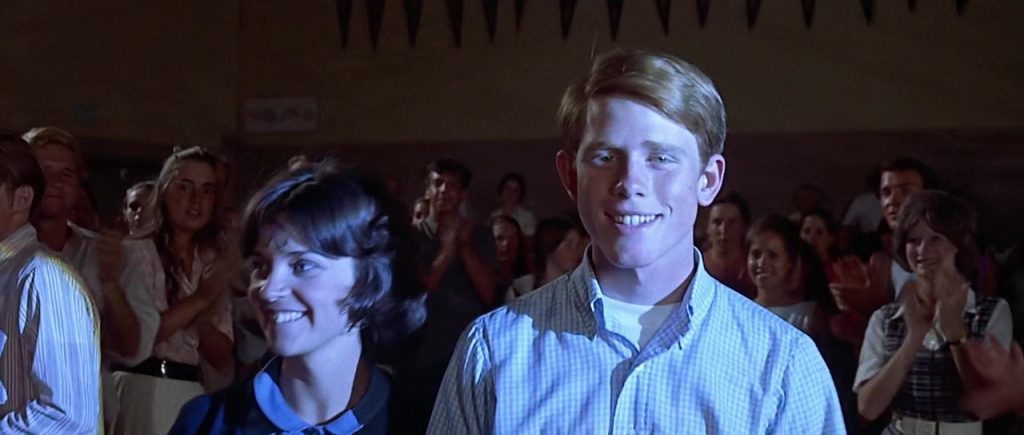
American Graffiti was a low budget film at $777K, which was lower than Kurtz’s $850K budget for Two-Lane Blacktop. A Universal head, Ned Tanen called the film “unreleasable” upon seeing the preview with a test audience. In a bluff, Coppola offered to buy the film from them while an exhausted, burnt-out and ill Lucas watched in shock.
A deal was finally made that allowed the studio to make some suggestions to the film. Lucas was not happy as he felt that it took control away from him. The film still sat on a shelf for six months after it was completed, Universal had no faith in the film.
While Gary and George were editing American Graffiti they had a look through a paper to see if there was anything worth seeing in the film listings. There wasn’t and that’s when the discussion came around to Flash Gordon. They thought that it would be great to have a kind of Flash Gordon kind of science fiction movie. They would love to see that, they would pay to see that. No one was making it.
Despite Graffiti being a smash hit, Universal passed on Star Wars as the script was not fully developed, science fiction was not popular and they would not commit the kind of funding required which was about $8 million dollars.
Star Wars And Fallout With Lucas

Conceiving Star Wars:
“Star Wars, the first film, is very much a comic book story. It’s a very archetypal standard story about a hero coming of age and engaging with the world and trying to right some wrongs”
“In terms of a saga of interrelated stories we always wanted to have each picture directed by a different person, to add a slightly different style or focus to the overall development, so that when they were eventually seen in a group one could see how the individual filmic styles added to the development of the characters.”
Once Universal passed on Star Wars, Gary shopped it around and was able to secure $8 million dollars with 20th Century Fox. Star Wars Corporation was created with Gary as the Vice President. He would be in charge of the development of the film and securing merchandising rights.
Trying to keep the film on schedule and under budget, Gary directed many pickup shots at Elstree Studios in the UK, including most of the cockpit dogfights and the fight on Leia’s ship Tantive IV.
He also had to oversee the special effects in the US as John Dykstra and ILM were not producing shots in a timely manner. With Gary’s help, Star Wars was finally finished and went on to break all box office records.

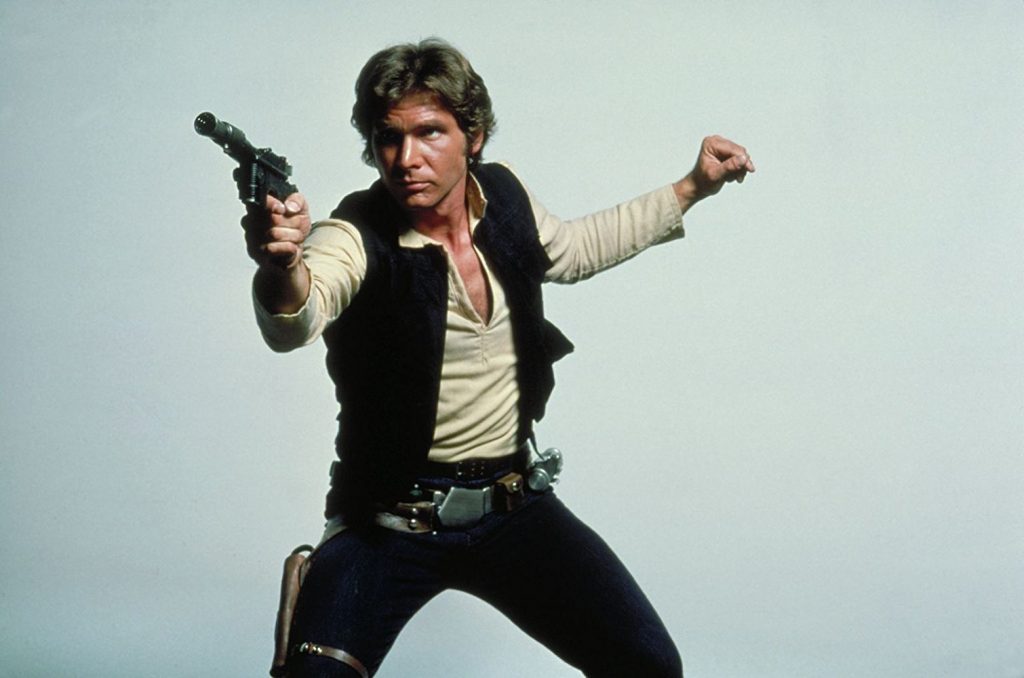
Initially, Gary and George wanted to back to Apocalypse Now, but Fox wanted a sequel right away. Apocalypse Now was to be abandoned until the sequel of Star Wars was done. Once the script for Empire was completed, Fox had planned on one more sequel being made.
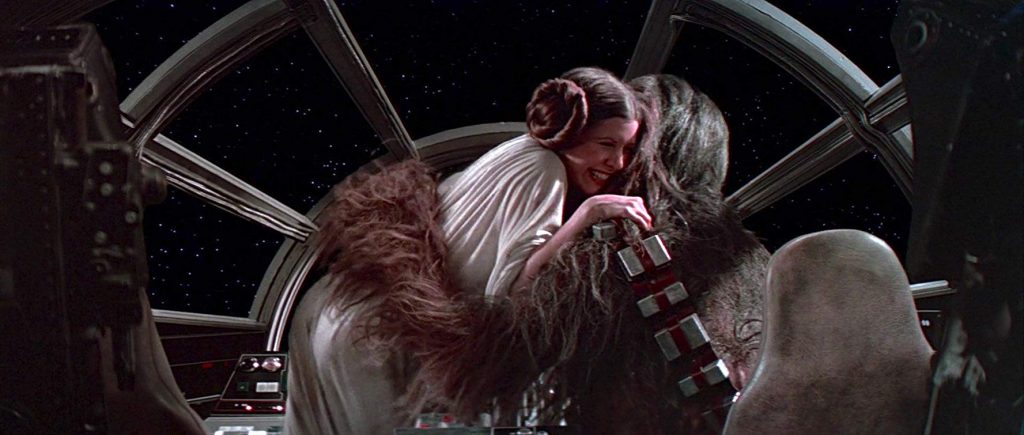
The Empire Strikes Back
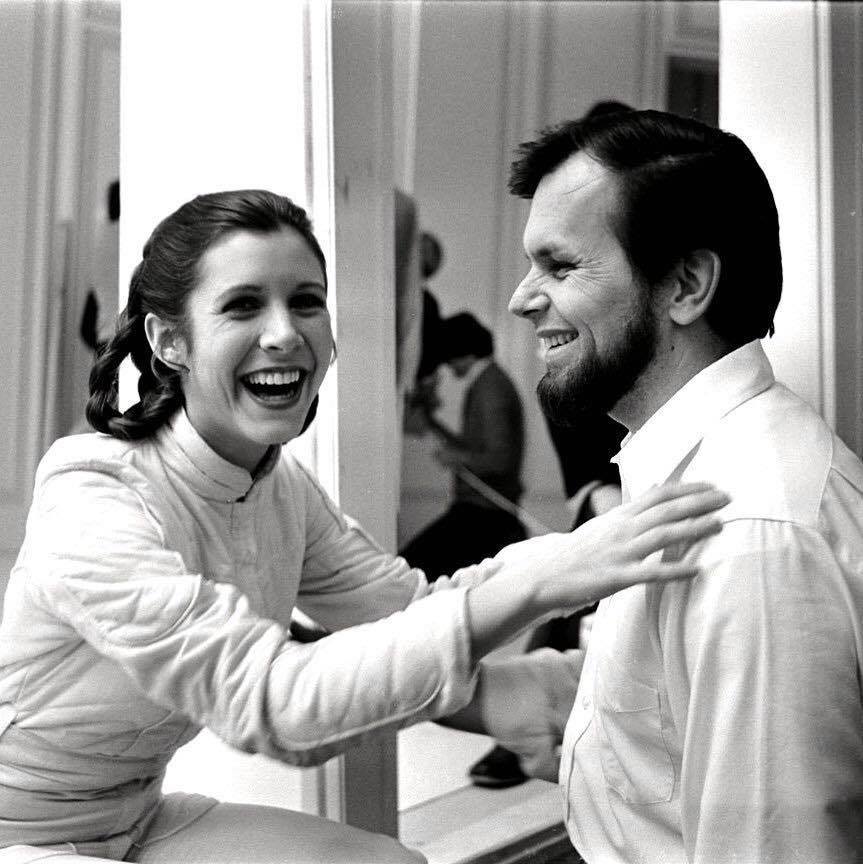
Troubles began on the set of The Empire Strikes Back almost immediately when Elstree Studios’ large soundstage caught fire during Stanley Kubrick’s film The Shining. Gary negotiated a deal with Elstree to build a new soundstage with Lucasfilm funds, they would be able to shoot there rent-free and then sell it back to Elstree once they were done.
They also had bad weather in Norway for the Hoth scenes that caused further delays. In the end, the film went 80 days over the 100-day deadline and the budget ballooned, forcing Lucas to borrow $10 million to finish the production.
Lucas had been trying to expand Lucasfilm and spend more time with his wife Marcia. While finishing More American Graffiti, he was also running the day-to-day operations of Industrial Light & Magic, Skywalker Sound, and Lucas Licensing.
Gary and director Ivan Kershner were in charge of the production of The Empire Strikes Back. Once the film ran over budget and over schedule, Lucas was forced to step in.
Lucas directed portions of the films many reshoots. Since Lucas had funded this movie with his own money it was imperative to get control back and complete the picture. At risk was not only $18 million of his profits from Star Wars but also a $15 million dollar loan from Bank Of America; if the movie failed, Lucas would be ruined and the franchise would be over.
The ongoing stress strained Lucas’s relationship with Gary, Ivan and his wife. It also took a toll on his health as had American Graffiti and Star Wars.
“At the very beginning with American Graffiti and with Star Wars, and into the start of Empire it was a very, very small shop… there were four or five of us in the office, and that was it. Then, in the middle of Empire, we were here in England shooting and George was back in San Francisco working with ILM on visual effects and other things, too. He hired some film people from other companies and started to expand into a much bigger operation… some marketing people, and some merchandising, and people to negotiate in some of the toy deals… and by the end of Empire, it turned into kind of this big organization. It was an entirely different attitude about everything. That was part of it, and also the fact that I think he blamed me for all the things that were difficult on Empire; a director that was difficult to control, a film that was too expensive, and all those things.”
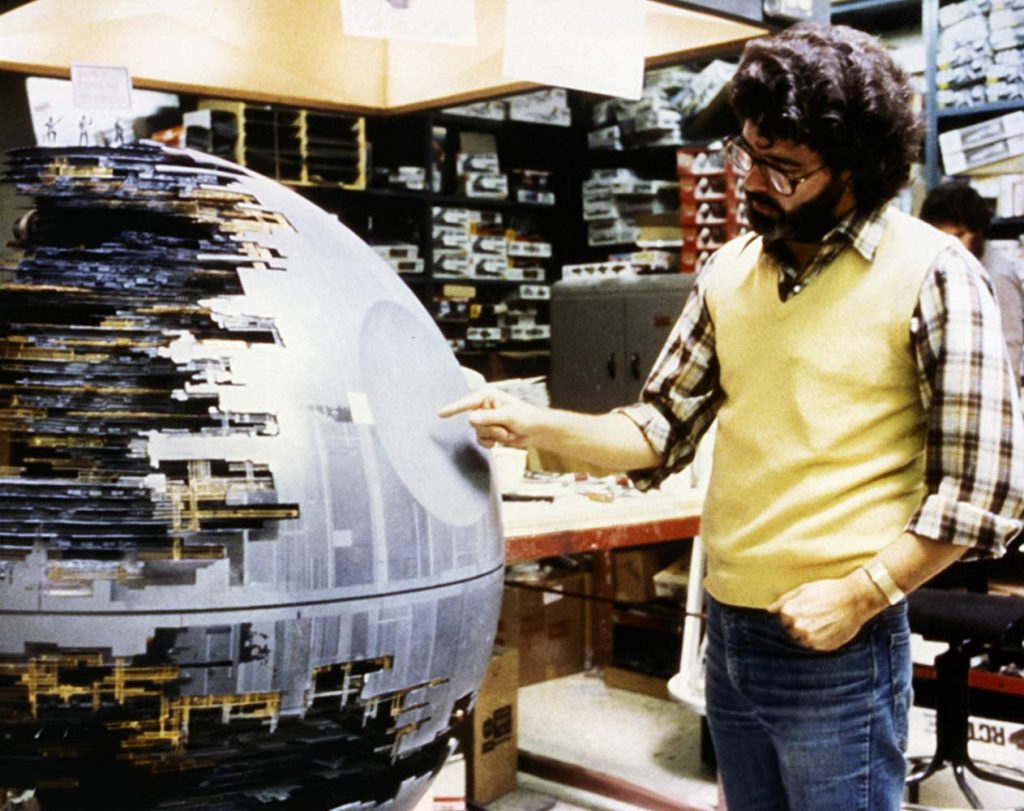
On top of all this, Gary and George had different ideas on the next chapter in the saga.
Gary felt like George was becoming less concerned about the story, and how to tie in toys to the films.
“I was really unhappy was the fact that all of the carefully constructed story structure of characters and things that we did in Empire was going to carry over into Jedi. The resolution of that film was going to be quite bittersweet, with Han Solo being killed, and the princess having to take over as queen of what remained of her people, leaving everybody else. In effect, Luke was left on his own. None of that happened, of course”
“It would have been quite sad, and poignant and upbeat at the same time because they would have won a battle. But the idea of another attack on another Death Star wasn’t there at all … it was a rehash of Star Wars, with better visual effects. And there were no Ewoks … it was just entirely different. It was much more adult and straightforward, the story. This idea that the roller-coaster ride was all the audience was interested in, and the story doesn’t have to be very adult or interesting, seemed to come up because of what happened with Raiders of the Lost Ark and the Indiana Jones films; and the fact that that seemed to make a lot of money and it didn’t matter whether there was a really good story or not; that wasn’t what this kind of film was about. We had serious differences about a lot of that.”
Some sources state that George fired Gary, while others say that he chose not to work on the next film. We may never know the truth on that one but George and Gary would never work together again.
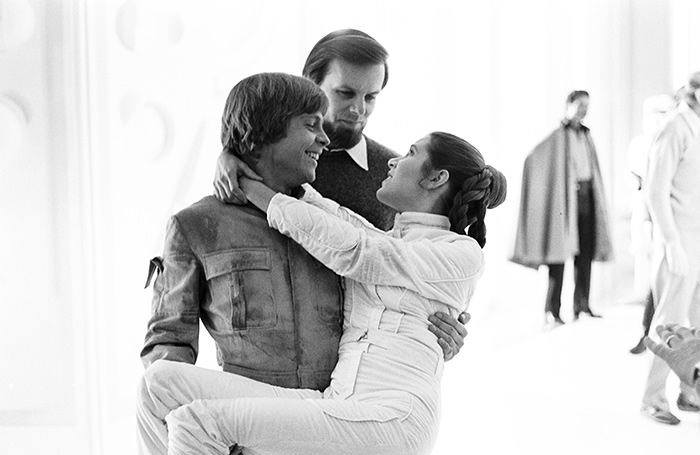
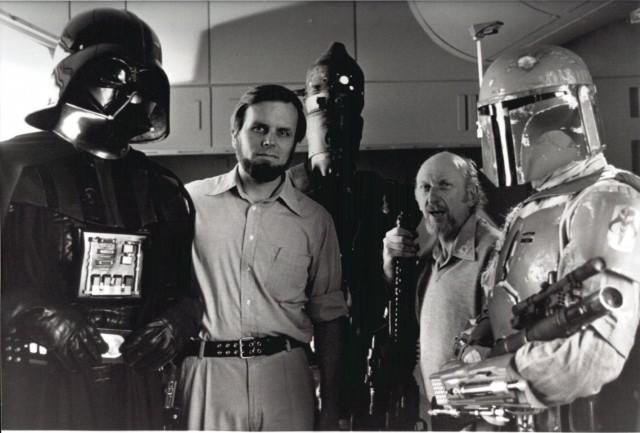
Life After Star Wars
The Dark Crystal
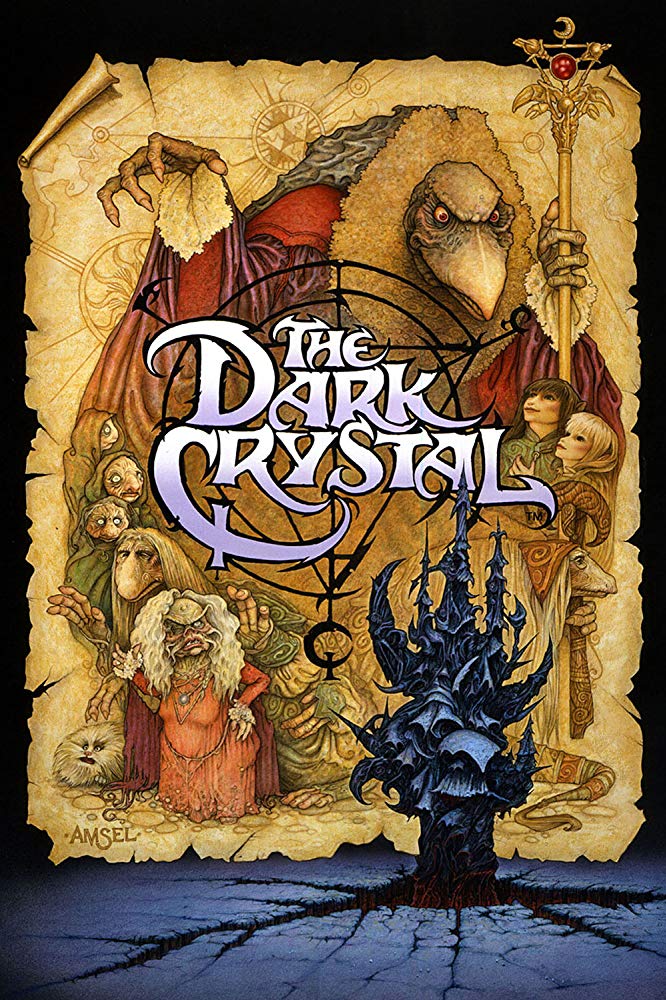
“The idea of doing something like DARK CRYSTAL, a whole film made up of mechanical creatures with very little in the way of optical effects, trying to make that come to life was an entirely different kind of challenge. That was much more appealing to me.”
Leaving Star Wars and Lucasfilm behind him, Gary joined forces with Jim Henson on 1982’s The Dark Crystal. Gary knew Jim from early Sesame Street/Muppet Show days and with him, Frank Oz and his Creature Shop for Empire. Jim had already been working on designs for The Dark Crystal before Star Wars came out. Gary came onboard to produce the project while Jim and Frank directed the film. The $15 million dollar film was released the same weekend as E.T. The Extra-Terrestrial.
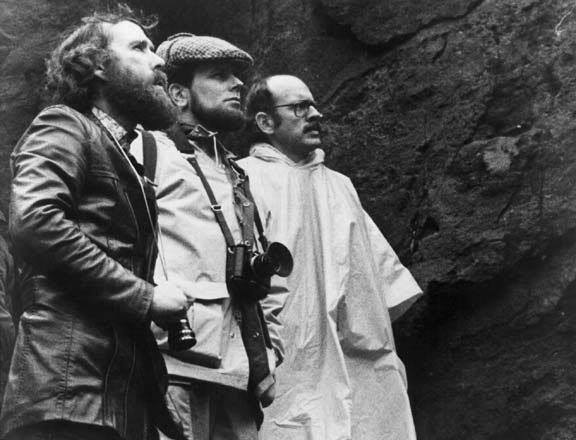
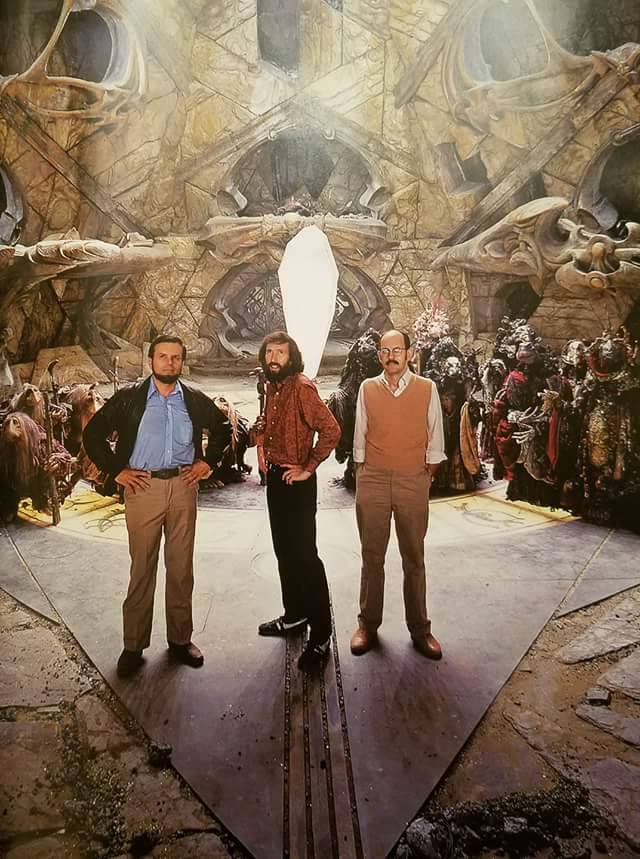
“One of the problems with the two directing business was that there were endless discussions on the set in the beginning, in the first few weeks. I kept telling them that we’d never meet our deadlines this way, and in the end, I ended up being the second unit director myself. I ended up shooting all the action unit stuff, the backlight stuff, the fight between the Garthim and the Landstriders, and all that kind of stuff.”
“He wanted it to be a kind of classic fantasy. If the rights had been available, he would have probably wanted to make LORD OF THE RINGS. It had already been destroyed by Ralph Bakshi and his aborted animated version, so that wasn’t possible. Kind of the next best thing was to create your own.”
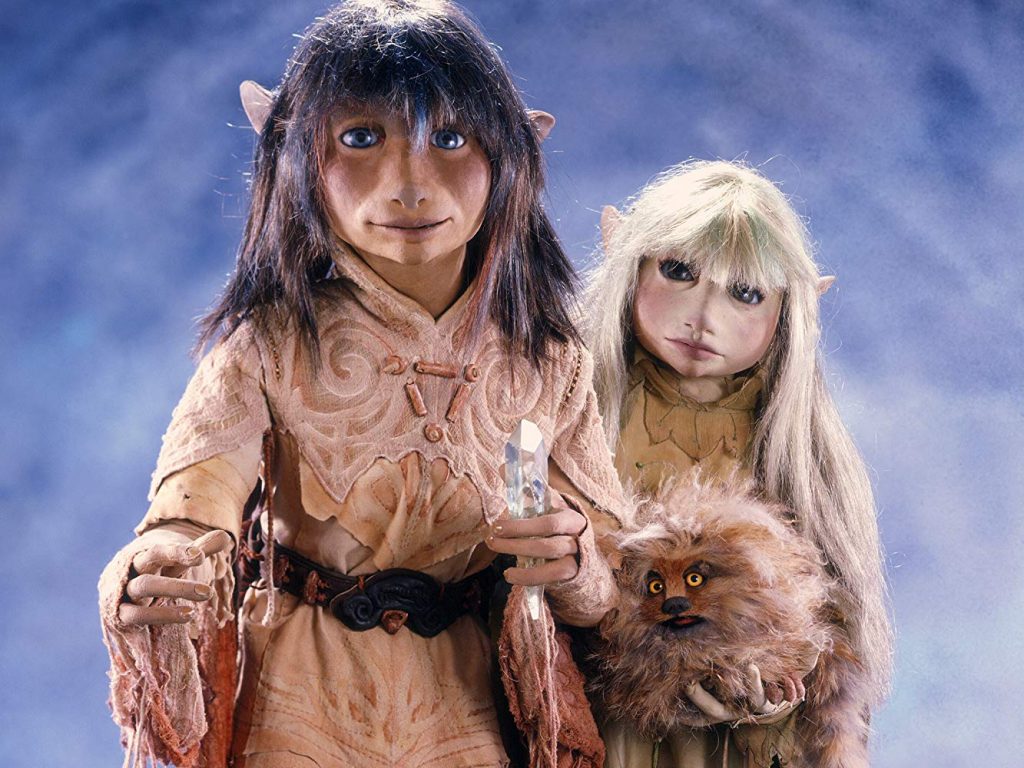
“Universal didn’t have much hope for The Dark Crystal at all in America. They just said there’s no audience for this film, it probably won’t make a million dollars. In the end, it did very well, considering the kind of marketing they put behind it. It did 45, 50 million in a very specialized market.”
Return To OZ And Goodbye To Hollywood
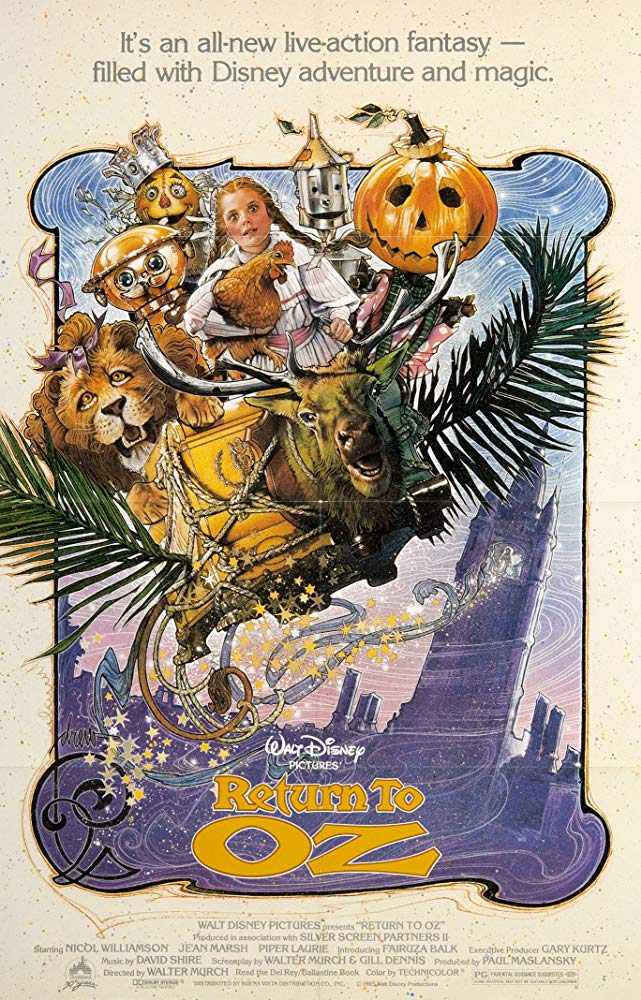
Return To OZ, which Harlan Ellison called “The greatest film ever made”, came out 46 years after The Wizard Of OZ, but was never intended to be a direct continuation of the MGM musical. First time director Walter Murch approached Gary about doing this story for Disney. Unfortunately, the company was in trouble at the time and had gone through several management changes during this time.
When they were finishing the film, Disney was being run by Eisner and Katzenberg and they wanted to scrap the project. In fact, this project was cancelled a couple of times and they wanted to fire Murch. Gary asked Coppola and Lucas to help save the project. They met with Murch and convinced the studio to finish the film.
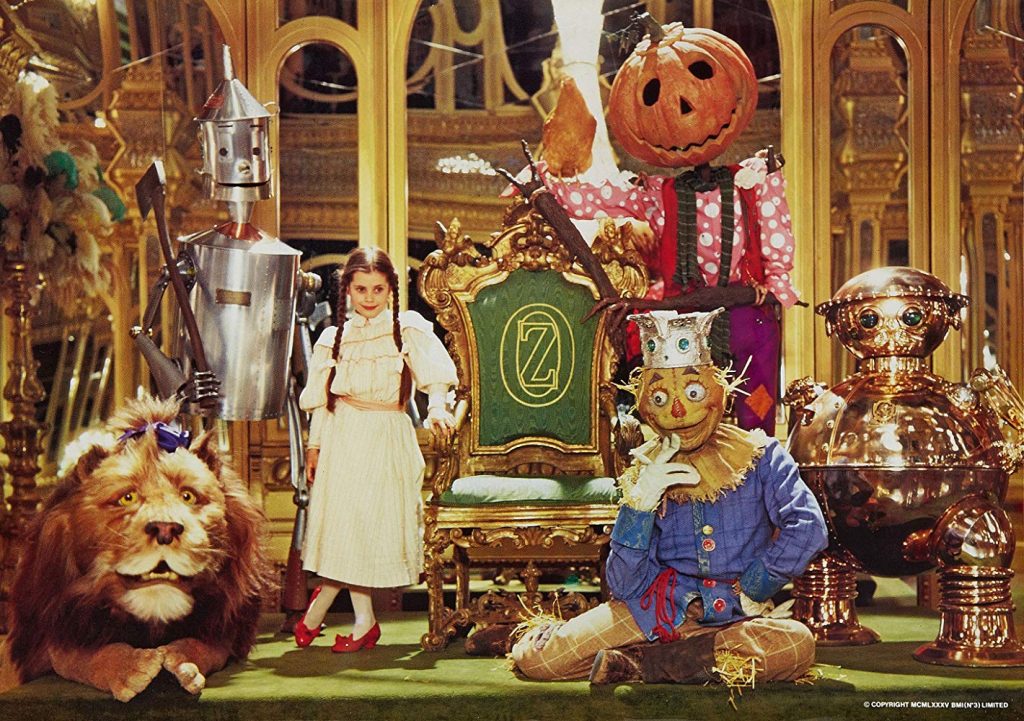
Disney mishandled the marketing with the artwork inferring to it as a ‘bright and bubbly sequel’ to The Wizard Of OZ. The filmmakers wanted it to be closer L. Frank Baum’s books “The Marvelous Land of Oz and “Ozma of Oz” which was a much darker story than the audience expected.
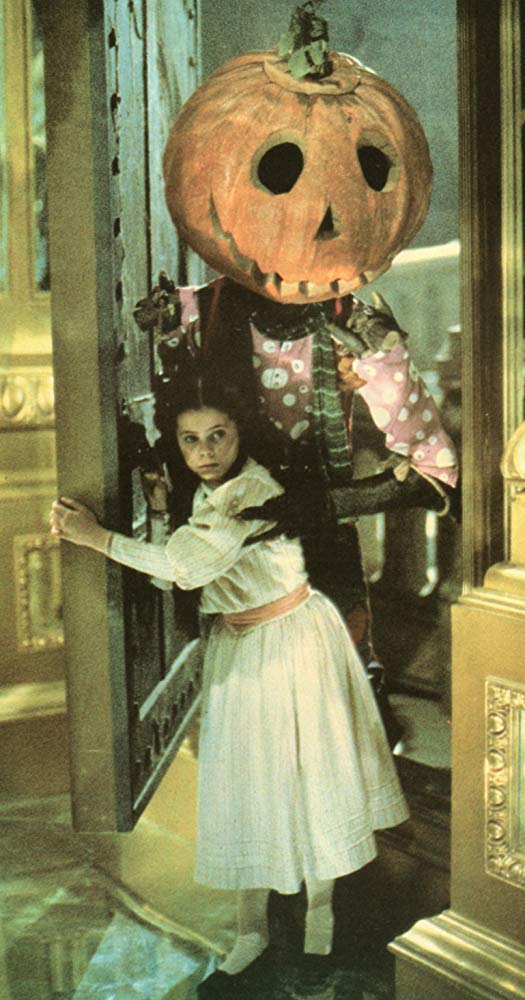
“It didn’t satisfy any of the audiences, and I suppose a really astute marketing person would have told us to stay away from the L. Frank Baum Oz stories because THE WIZARD OF OZ set the tone for the audience’s perception about Oz. Although THE WIZARD OF OZ as a film was nothing like the original book, that’s what people expected. So, when this film; which was an amalgamation of the second and third books, really, lumped together; came along, it was much more like L. Frank Baum’s novels. But the audience that loved THE WIZARD OF OZ didn’t like it, because it wasn’t a bright and bubbly musical. We had a kind of no-win situation, in a way; unless it had been marketed very, very carefully; which it wasn’t.”

Since this project was started under another management team, the new team had little interest in this movie and put as little as possible into the marketing and gave it a short theatrical run. The PG-rated film earned $11 million on a $25 million budget.
“It was a very, very frustrating thing for me, and it drove me away from Hollywood. I just didn’t want to have anything more to do with Hollywood companies for a long time after that. I just said, ‘I just cannot put up with this anymore,’ and so I didn’t”
Fun Fact: George Lucas met Rick McCallum during a visit to the set of Return To OZ. They became friends and the rest, as they say, is history…
After OZ
Slipstream

1989’s Slipstream was the last film to be directed by TRON’s creator Steven Lisberger. Starring Mark Hamill, Bill Paxton, Robbie Coltrane, F. Murray Abraham and a cameo by Ben Kingsley. Lisberger described the sci-fi actioner as a “road movie with planes”.
A smaller budget film shot in the UK, was in trouble before it shot a single frame. It was written as a gritty hard R rated film. Then a week before shooting, the financier decided that the film needed to be a family picture and they were instructed to remove the adult elements from it. What made it worse is that they were not given time to properly rework the script. Gary asked to delay shooting for six weeks to restructure but was not listened to, they were shooting and writing the script at the same time.
The film never saw a North American theatrical release. During the production of this film, Gary was in the process of getting a divorce.
Although rumoured that this was the film that caused him to go bankrupt, it would appear that OZ was the real reason as he stated that he had little control of this film. In fact, this statement points to OZ:
“RETURN TO OZ, for instance; which kind of forced me to reconsider my life…”


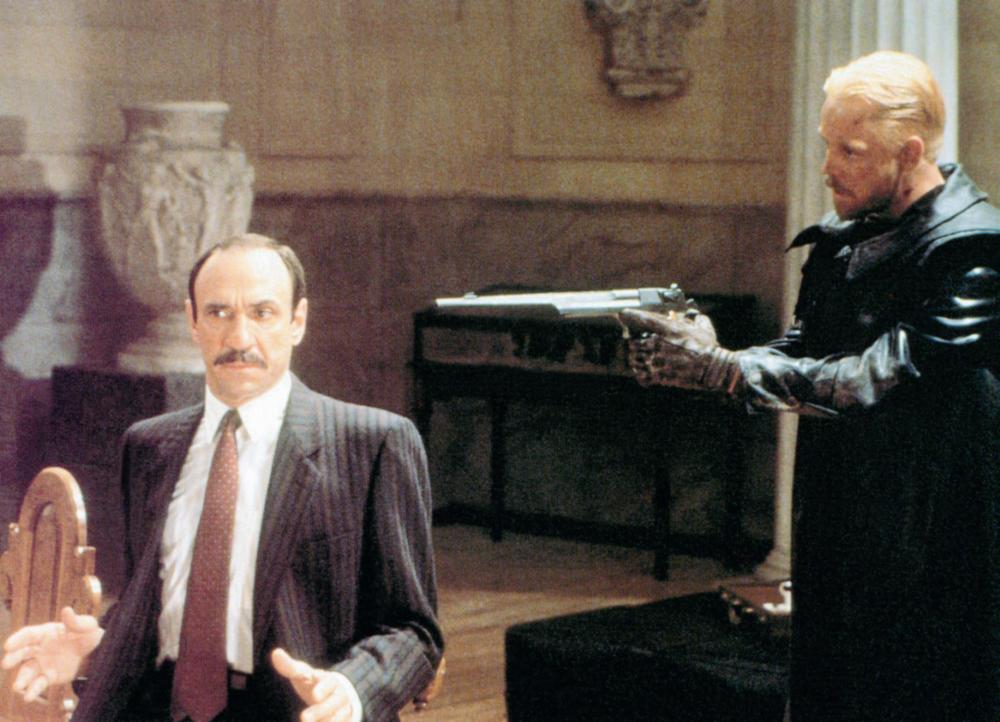
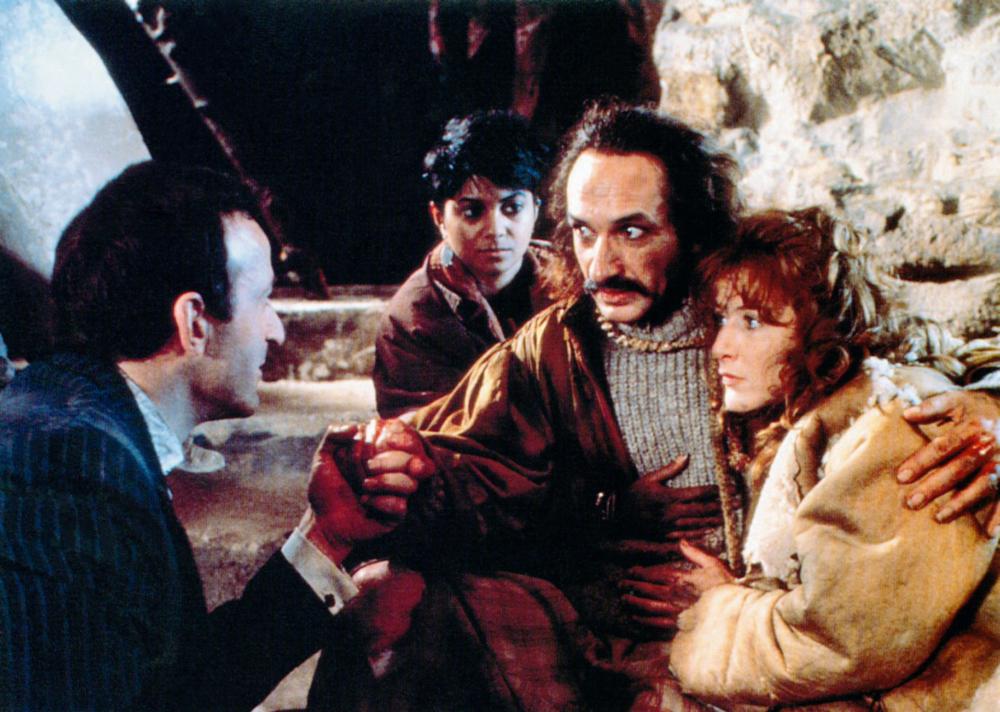
“One of my worst (experiences) was a little film I made to help out some friends here… we made it in England back in ’89… called Slipstream. is one of those things that actually have a lot of good elements in it, but ultimately doesn’t quite work, because the energy of the film changes dramatically. It was supposed to be; the script was very, very hard-edged, heavy R, rough, and gritty …a rougher than Blade Runner kind of look at the future, basically. Then a week before shooting, the financiers; which was an English company; decided that it had to be a family film, so all of the rough stuff had to be taken out. And, frantically, we worked on rewriting various bits; even after the shooting started; and the film ends up a bit of a mess because the focus and the energy that was there originally gets dissipated in trying to make something out of something that wasn’t there in the first place.”
Slipstream would be the straw that broke Gary’s back and makes him decide to leave the big Hollywood productions.
“I went away for a few years, and I’ve always wanted to do this sort of spiritual quest project that I’ve written on for a long time, and I went away to spend time on my own personal kind of spiritual studies and growth and studied at Buddhist monasteries and Hindu ashrams and some Roman Catholic monasteries in parts of Europe. I spent a lot of time doing that, and also time talking to film students and contributing to helping other people get things made, and it’s only recently that I’ve decided to do more active things. There’re several scripts that I’ve been funding and getting written and I’ve been working with the BBC with some 3-D animation stuff for television, for children. I think children’s television is really critical. It’s just been a lot of fun, really, not having to deal with the Hollywood mess.”
After Slipstream, IMDB shows that Kurtz only produced two more theatrical releases, The Steal, 5-25-77, and produced several TV productions.
Scrooge McDuck
A fan of the comic, in 1981, Gary and screenwriter Edward Summer were able to convince Disney to allow them to publish “Uncle Scrooge McDuck: His Life and Times” a collection of 11 comic classics plus one new story from Carl Barks. Kurtz invested around $300,000, they chose their favourite stories, had them colored properly, the way Barks had originally intended.
5000 copies were produced by Celestial Arts; it became the model for every important collection of comic book stories and the first of its kind to be reviewed in Time and Newsweek magazine.
If you can find one of the first edition releases, they can cost up to $5000.
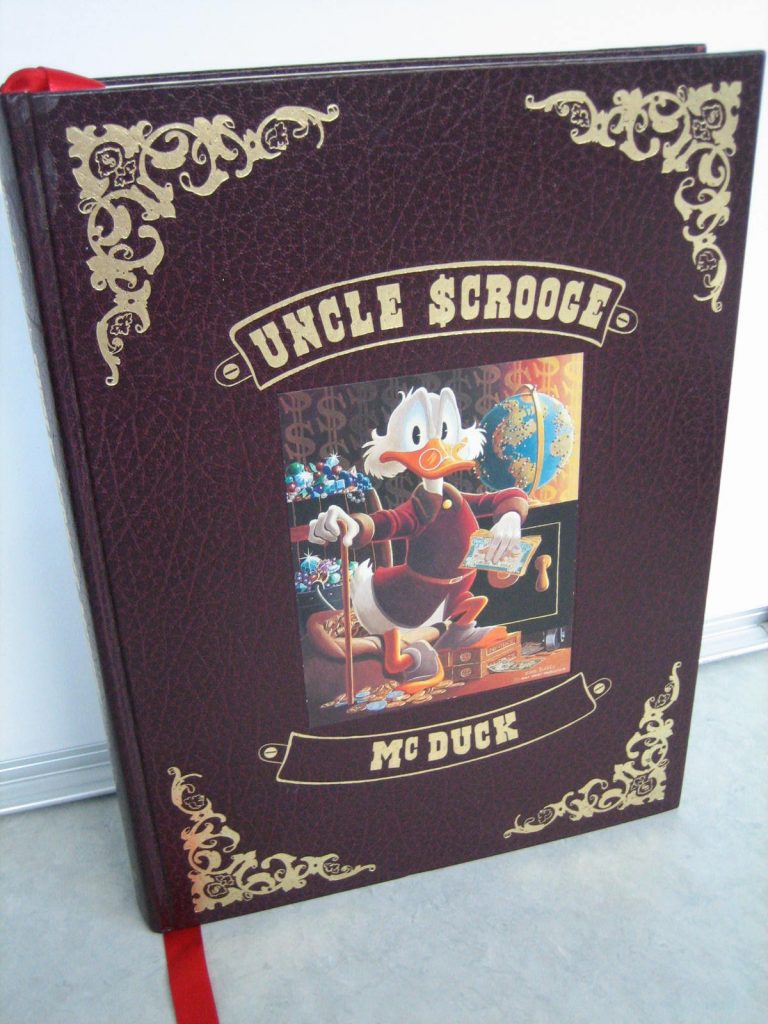
Missed Opportunity: The Spirit
In the 80s Kurtz attempted to produce an animated version of The Spirit with Brad Bird and Jerry Rees. They were able to get the rights from Will Eisner despite him wanting a live-action film starring James Garner.
Unfortunately, they were unable to secure the financing as no studio would back an animated film in the early 80s that didn’t have “funny animals”.
At least we have Frank Miller’s version:


“I rail against this idea about changing movies all the time. This is a very common practice now, which I really don’t like in any movie. I don’t like the Special Editions of Star Wars and all these other movies that have come out with a super-duper director’s cut like the special edition of CLOSE ENCOUNTERS. You name it. Practically every movie now does it, because they can do it for DVD.”
“I’ve always felt that a good producer should insulate the director completely from having to deal with the studio and any outside influences, to allow him to get on with working with the actors and putting the film together.”
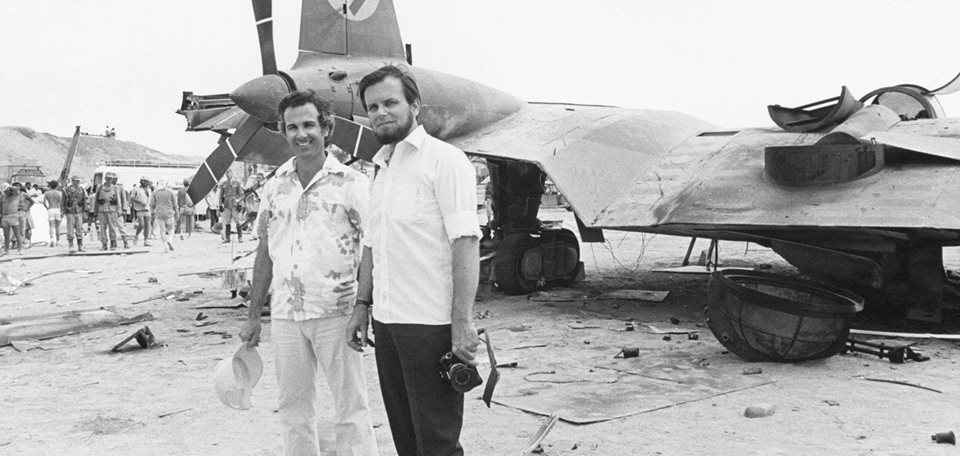
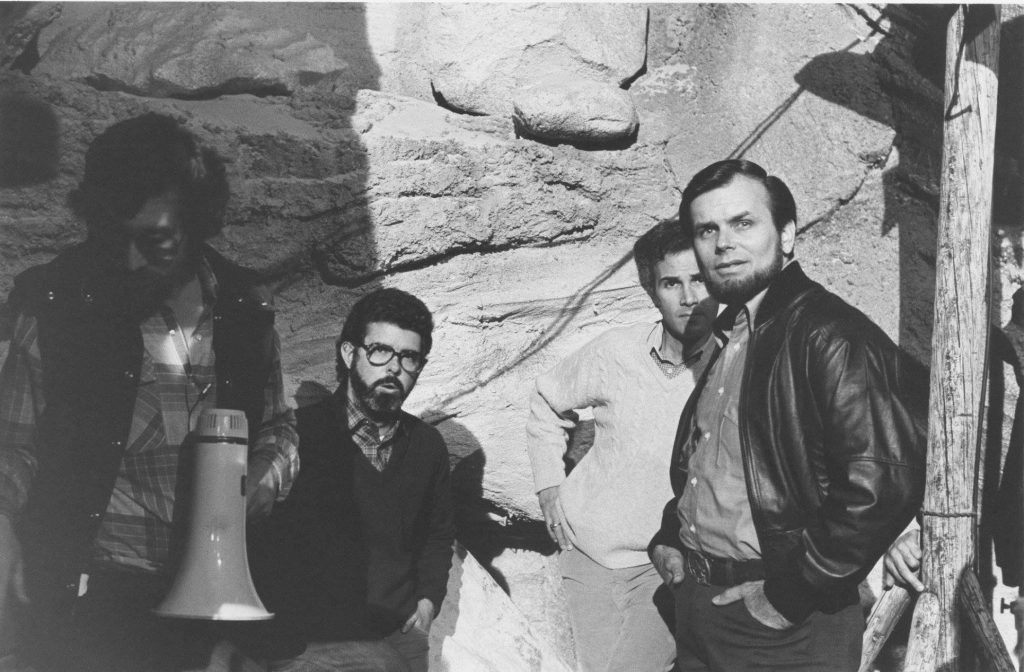
“(George) had gotten into this mode of saying that the audience is interested in the rollercoaster ride and that he could make just as much money, and it doesn’t have to be complicated, doesn’t have to have as difficult a story. There are a lot of other people who do that all the time; that’s their kind of moviemaking philosophy, the sort of Jerry Bruckheimer approach to movies. A lot of Hollywood movies have been based on the idea that the story is the subtext of the action”
Looking back at his career as of 2002:
“I think that probably of the films that I’ve produced, every one of them is different, quite different in a way… somewhat unique. Some were successful financially, and some weren’t so successful. But in thinking of the group, I think I can be pretty proud of almost all of them. Two-Lane, American Graffiti, Star Wars, Empire, Dark Crystal, and Return to Oz have elements that I’m very, very pleased with.”
Tribute from Mark Hamill on Twitter:
“I’ve lost a lifelong friend. The world has lost a kind, wise, multi-talented artist & filmmaker whose contributions to cinema cannot be overstated. It was an honor to have worked with him & I know I am better man just for having known him.”
Gary Kurtz left behind Clare Gabriel, Tiffany Kurtz, Melissa Kurtz, and Dylan Kurtz.
Garry’s last on-screen appearance will be in the documentary Remembering Return to OZ coming soon to Blu-Ray and Digital HD.

END OF LINE


